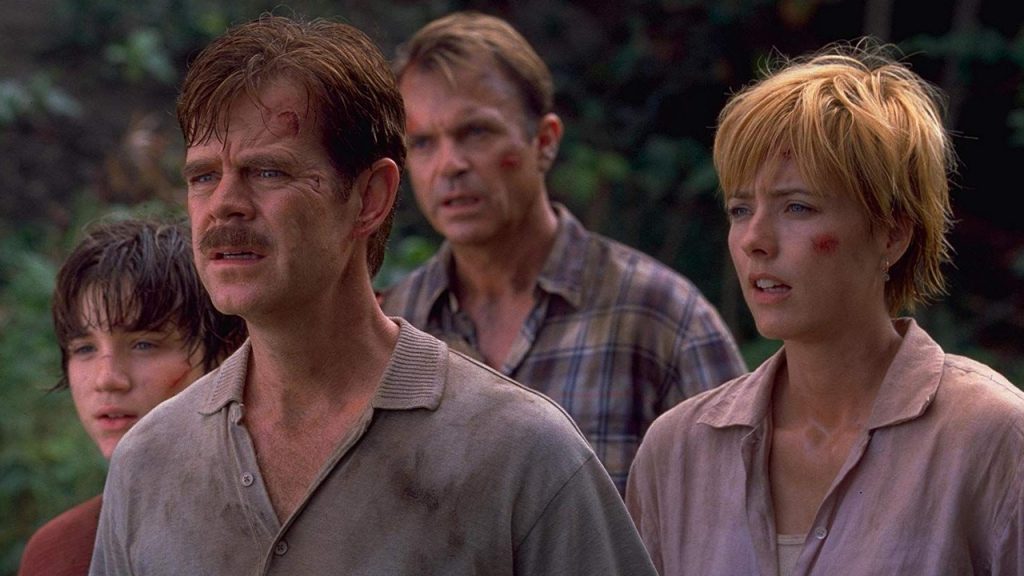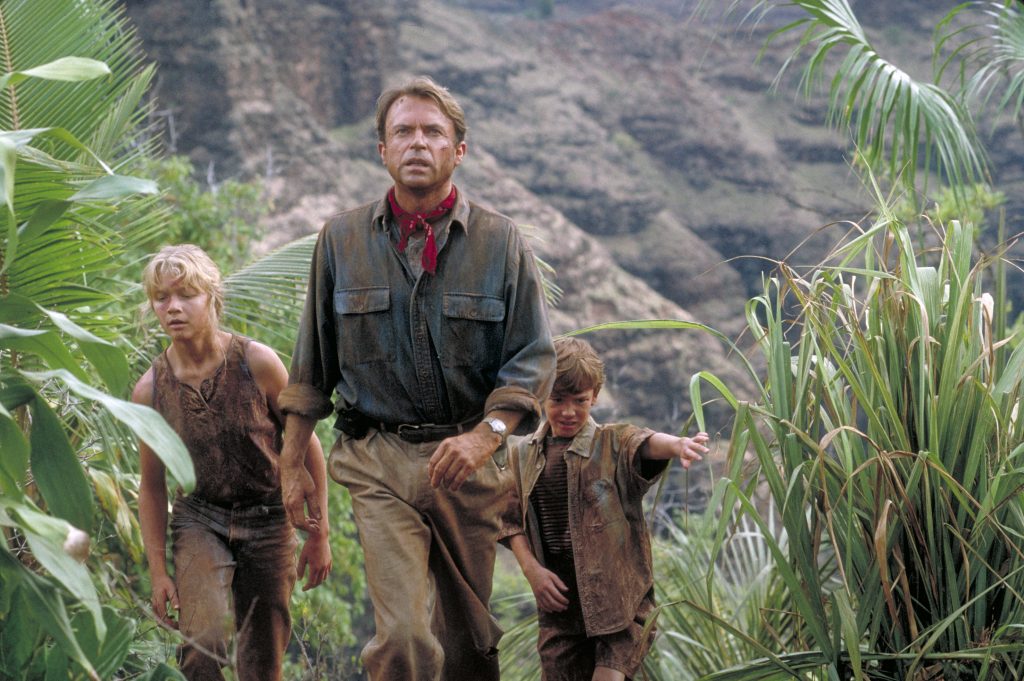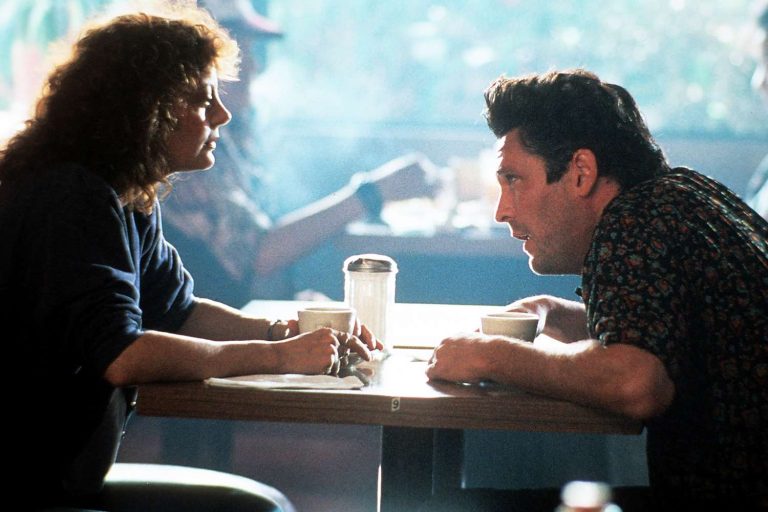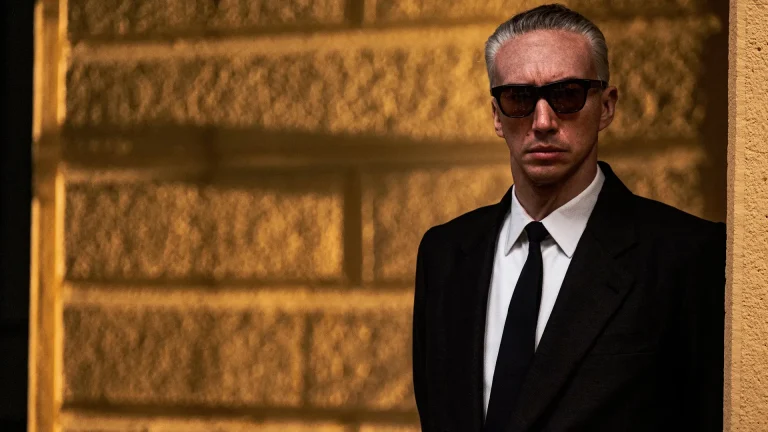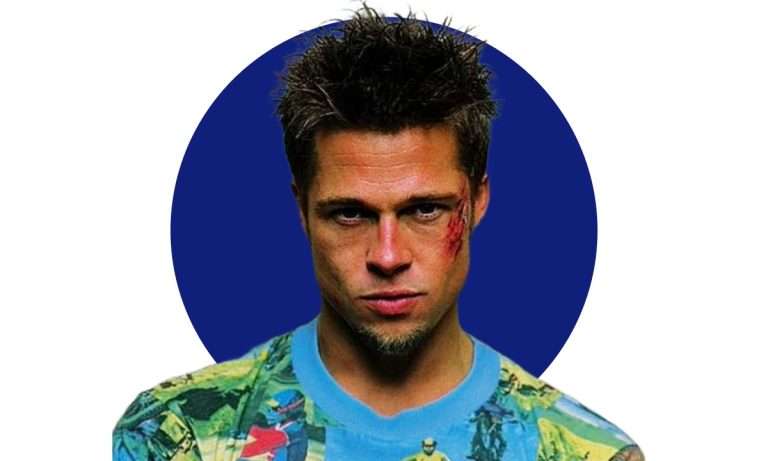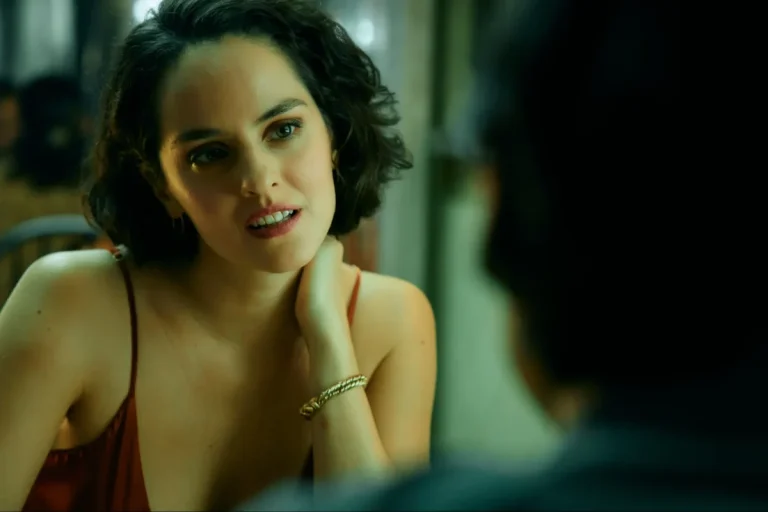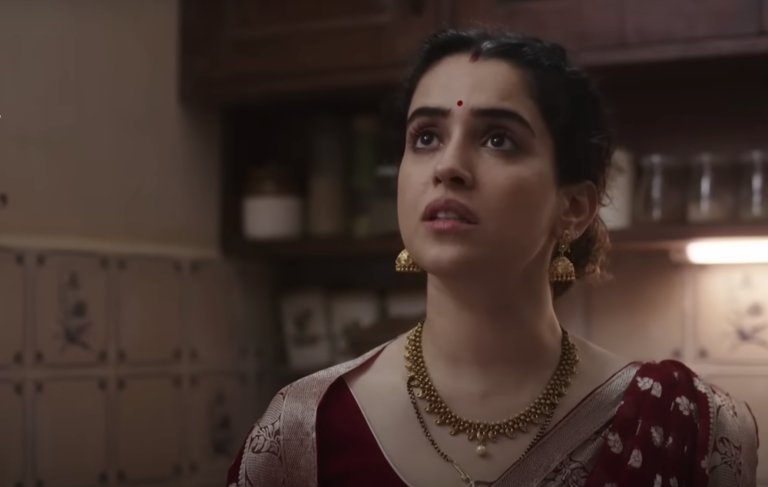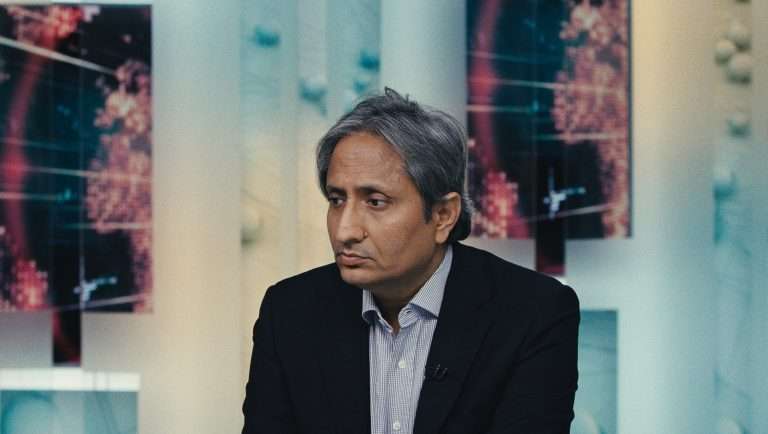Michael Crichton must’ve known he struck gold — if not mosquito-filled amber — when Steven Spielberg managed to acquire the film rights to Jurassic Park before the novel was even published. It was his vision that would come to capture the imagination of an entire generation once the result of Spielberg’s tireless efforts indelibly altered cinema as we know it today.
There’s no filmmaker other than Spielberg who proudly holds the distinction of having directed the highest-grossing film of all time on three different occasions. Each time he’s done so, he’s managed to find a new reason for us to believe he’s one of the greatest filmmakers in history. Jurassic Park is a cultural landmark, yet somehow only the tip of the iceberg of what Spielberg is able to accomplish when he’s at the top of his game. The characters were relatable, the science felt believable, and the dinosaurs looked as real as the person sitting next to you in the crowded theater.
The release of Jurassic World: Dominion has only gone to show just how endearing Spielberg’s collaboration with Crichton has been, even if the resulting franchise hasn’t exactly proven that the first film’s critical success can be replicated. Lightning could only have been caught in a bottle once, but that’s not to say that the Jurassic franchise has not given us films worth discussing. It’s a bit ironic, but with six films, endless merchandising, and a section of a theme park inspired by it, the love for the Jurassic franchise can’t be contained any more than the dinosaurs at the center of it can. So, with the franchise (hopefully) wrapped up, it’s time to rank every Jurassic movie from worst to best!
Trust us, you already know which film is No. 1!
7. Jurassic World: Dominion (2022)
There’s a moment late into Jurassic World: Dominion when the eccentric and always delightful Ian Malcolm (Jeff Goldblum) calls out the corrupt Lewis Dodgson (Campbell Scott) — you best believe we’ve got Dodgson here! — for exploiting the world’s awe-struck fascination with dinosaurs for his own personal benefit. It’s a well-worded condemnation that not only solidifies the finely-dressed chaotician as the best character in the Jurassic saga but also proves that his understanding of human nature completely transcends this overstuffed and wonderless final chapter of the franchise.
After 30 years and six films, Malcolm’s consistent warnings against technology, corporate greed, and man’s inherent thirst for power have become as much a commentary on the Jurassic franchise as they’ve been its primary motifs, if not more so. With each passing installment, it’s become clear that the commercial appeal of dinosaurs has plagued the franchise’s philosophical soul every bit as much as it’s warped the minds of its power-hungry antagonists. No longer are these creatures something to go weak at the knees for, but rather just another part of popular culture that exists to make a whole lot of money.
Also Read: Jurassic World: Dominion (2022) Movie Review
Likewise, there are only so many times the characters in these films can fail to learn from their costly mistakes before it starts to become laughable, and what we’ve been left with by the end of Dominion is a franchise that has evolved into a sad shell of its brilliant opening chapter. Not only does this series finale demonstrate how little the Jurassic sequels have had to say, but with a plot centering around a global meltdown brought about by genetically enhanced locusts, it pulls off a feat that even the most ardent aficionados wouldn’t believe possible: it’s actively disinterested in dinosaurs.
Playing out more like an international spy adventure akin to a Mission: Impossible or Indiana Jones piece than a treat for prehistoric eyes, Dominion could have been much more forgettable than it already is had Malcolm, Ellie Sattler (Laura Dern), and Alan Grant (Sam Neill) not been reunited with the thankless duty of holding the entire thing together. Their team-up with Owen Grady (Chris Pratt) and Claire Dearing (Bryce Dallas Howard) to uncover the conspiracy surrounding the locust plague is by no means an Avengers-level crossover, but the three retain their chemistry in ways both nostalgic and fresh. It’s enough to power anyone through the film’s weak writing, derivative action, and rushed climax.
6. Jurassic World: Fallen Kingdom (2018)
It feels rather unfair to suggest that Jurassic World: Fallen Kingdom is weakened by its sequel, but given that its resolution provided Dominion a veritable layup that it ultimately refused to capitalize on, it’s hard not to view this film as a bit pointless in retrospect. To be fair, watching Fallen Kingdom is a pointless endeavor with or without a follow-up, but Maisie Lockwood’s (Isabella Sermon) decision to release the dinosaurs into the world after the haywire auction at her grandfather’s estate does well to at least set up a promising continuation. This makes it all the more infuriating when that promise is squandered.
Plus, whereas other entries in the franchise shamelessly coast off of nostalgia, it’s difficult not to view Fallen Kingdom as a blatant rip-off of The Lost World: Jurassic Park (more on that later!). And given that this was the fifth film in a series that had just been granted new life thanks to the mega-success of Jurassic World (again, more on that later!), that lack of originality is more than a little unforgivable.
Also Read: Jurassic World: Fallen Kingdom (2018) Movie Review
It’s a film told in two very distinct halves, one a daring rescue set on Isla Nublar, the other the aforementioned auction on the American mainland. Fallen Kingdom’s midpoint action sequence, which sees Claire, Owen, and the effortlessly irritating Franklin (Justice Smith) fighting their way off the island amidst a volcanic eruption, makes for a compelling set piece. Not to mention, it’s capped off by the genuinely heartbreaking image of a lone brachiosaurus stranded on the island as it goes up in flames.
To see a gentle giant abandoned in its hour of need after being held in such reverence by audiences seeing it for the first time in 1993 is upsetting to say the least. But even then, a well-executed scene such as this epitomizes exactly what’s wrong with the movie. Fallen Kingdom has the critical issues of animal rights and environmentalism in its favor until it abandons them in favor of an unengaging haunted house-style second half. What could’ve been the sequel that came closest to the spirit of the original film in its condemnation of capitalism is now arguably the biggest missed opportunity of the entire franchise.
5. Jurassic World: Rebirth (2025)
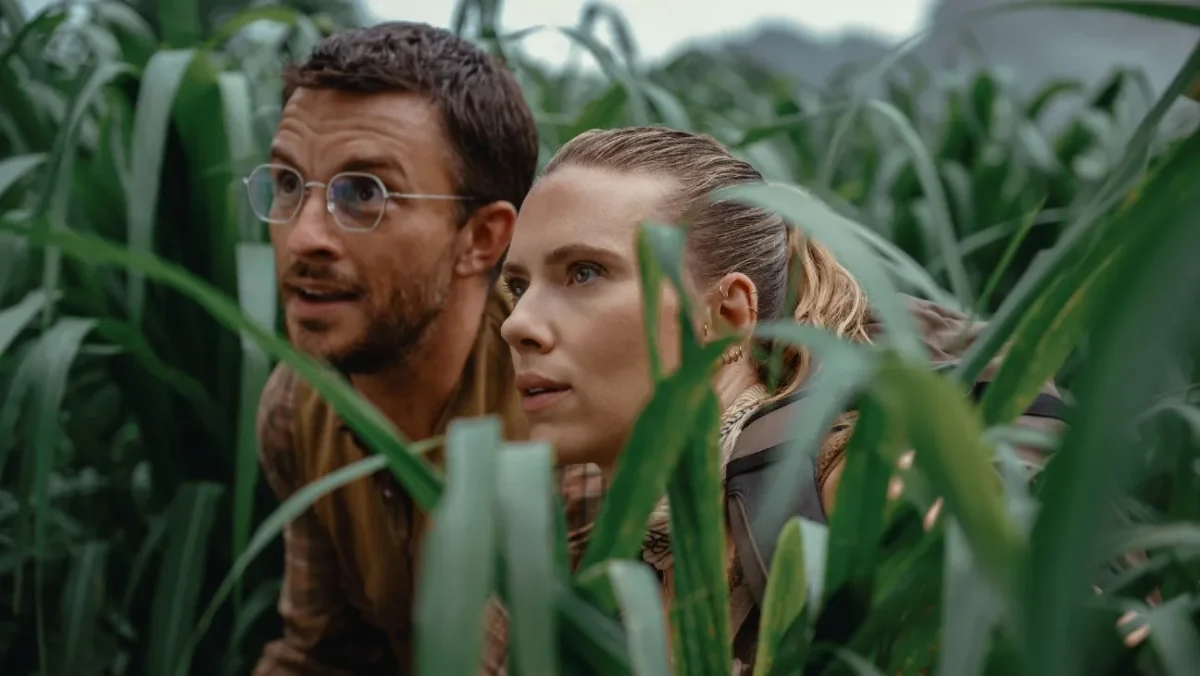
Despite what the title seems to suggest, “Jurassic World: Rebirth” is a derivative sequel that is only distinct from its predecessors due to the increased cynicism and abandonment of all logic. In a sequel where every protagonist’s goal is to acquire more money, mankind has grown bored of dinosaurs, and the island itself presents no new dangers that haven’t been witnessed in other installments, it feels as if the “Jurassic Park” franchise has finally admitted to being out of juice.
It’s astounding that the mechanics of the action sequences lack any sense of physics, motion, or suspense that had made Steven Spielberg’s original so good, or that the film thought it was a good idea to introduce two separate sets of characters, each weighed down by generic, cloying backstories.
The pacing is abysmal, as after spending nearly a third of the film on dull, uncreative exposition and unnecessarily melodramatic backstories, “Jurassic World: Rebirth” rushes through a series of set pieces that provoke no tension, as there’s never reason to believe that any of these characters are in danger. Gareth Edwards has proven once more that his strong visual sensibilities can only do so much with a bad script, as “Jurassic World: Rebirth” seems to forget all the magic that made the series so special in the first place.
Collaborator: Liam Gaughan
4. Jurassic Park III (2001)
For being the first film in the franchise to neither be directed by Steven Spielberg nor based on one of Michael Crichton’s novels, Jurassic Park III doesn’t offer the same kind of fascination or thrills as its two predecessors. However, it also hasn’t aged quite as poorly as critics and fans alike tend to think, and it’s not just because Sam Neill is still in fine form as Alan Grant. It may not crack the top half of this list, but of the five Jurassic Park sequels, this may be the only one that doesn’t assume to be anything more than what it is.
Following Grant as he guides his young protégé and a newly divorced couple through the remnants of Site B on Isla Sorna to find the latter’s missing son, it’s a completely nonsensical and emotionally barren experience that would undoubtedly serve as the B-plot of a much bigger picture. Its absurdity is such that it even features a nightmare sequence in which a velociraptor speaks to Grant. But in a franchise predicated upon characters making incredibly foolish decisions, Jurassic Park III might as well be viewed as an embrace of that stupidity.
You’ve gotta give director Joe Johnston credit for making the best of what he was given. Sure, it was likely a step down from his days as one of the original effects artists on Star Wars (1977), but his impressive directorial resumé of effects-driven features like Honey, I Shrunk The Kids (1989), The Rocketeer (1991), and Jumanji (1995) at least ensured what was left of the unfinished script was in capable hands.
Related Read: All Star Wars Movies Ranked
Ironically, though the troubled production clearly shows itself, the final result isn’t terribly affected. Clocking in at just over 90 minutes — making it about a half hour shorter than the average Jurassic feature — the film largely dispenses with unwanted exposition and leaves quite a bit of room for some much-needed dino action, with the Spinosaurus/Tyrannosaurus duel and the pteranodon onslaught being easy standouts.
It’s the perfect resort to accommodate the script’s poorly written characters, not the least being the clueless Paul and Amanda Kirby (William H. Macy and Téa Leoni). Given its overall vacuity, Jurassic Park III may not bother much with the franchise’s moral and ethical dilemmas, but because of this, it never overstays its welcome.
3. Jurassic World (2015)
Jurassic World is the kind of film that deserves to only be seen once. Not because it’s depressing or terribly made — granted, the film’s overabundance of CGI makes the original film’s effects look that much more impressive — but rather because anything more than a single viewing on the biggest screen possible invites so many questions surrounding its purpose and legitimacy that thinking about it is as dizzying as riding in one of the park’s Gyrospheres.
That first screening, though? Boy, what a nostalgic blast that is! Even if Jurassic World’s identity will forever be intrinsically linked to the legacies of both Steven Spielberg and Michael Crichton, you’d be hard-pressed to find someone who didn’t secretly want to see John Hammond’s (Richard Attenborough) vision fully brought to life. After making us wait a good 22 years, Jurassic World gets a pass for its unabashed nostalgia and for following the original film’s outline to a T, which was probably the only way for it to make a good impression.
Also Written by Michael Crichton: Twister (1996) Movie Ending Explained
In spite of its stunning lack of originality, there are a few good ideas floating around in the film. The notion that scientists have had to go bigger and badder in their creation of a brand new dinosaur simply because what they have has become yesterday’s news is perfectly understandable in a contemporary light. As soon as this artificial beast, the Indominus Rex, breaks free from captivity, director Colin Trevorrow proves himself to be second only to Spielberg in terms of how he manages to capture humanity’s unworthiness and helplessness in the presence of creatures who lived on this planet a lot longer than any of us ever have.
The only difference is that Jurassic World takes quite a few tumbles without even realizing it. For being the most well-intended of the sequels, it’s about as indulgent as Hammond was warned not to be. There are far too many characters and subplots to keep track of; none of them meld into one another in a satisfying way by the time the velociraptors and Tyrannosaurus get involved in the fight against the Indominus. In true Jurassic fashion, the dinosaurs save the day and pick up quite a bit of the slack, but it’s never been more obvious how little this franchise has actually cared about people.
2. The Lost World: Jurassic Park (1997)
The true brilliance of Steven Spielberg is that even his lesser films are still films that any promising filmmaker in Hollywood would be proud to have on their resumé. The Lost World: Jurassic Park will never hold a candle to its predecessor, but the bar was set astronomically high. Following a disillusioned Ian Malcolm as he ventures to John Hammond’s Site B on the neighboring Isla Sorna to observe and document the dinosaurs that were kept hidden during the construction of Jurassic Park, The Lost World, on paper, should be as much of a home run as the first film.
Many of the film’s technical players returned alongside Spielberg, and one can sense the director’s stylistic approach is largely the same. There are great individual moments within the film that stand out on their own. The RV rescue sequence, during which a thin plate of glass is all that stands between Malcolm’s girlfriend, Sarah Harding (Julianne Moore), and a watery grave, remains one of the franchise’s most intense moments. It’s matched by the sequence in which a group of hunters are chased into a field of tall grass by a pack of velociraptors. Like many of his greatest scenes, Spielberg doesn’t have to show a thing for us to be completely terrified of what our own follies can bring us to.
Related to Jurassic Park Movies: 10 Best Steven Spielberg Movies
The central flaws of The Lost World have had wide-reaching consequences for the entirety of the franchise. Considering much of the plot centers around InGen CEO, and Hammond’s nephew, Peter Ludlow (Arliss Howard), wanting to capture the dinosaurs at Site B and place them in a new theme park in San Diego, the motivations of each character are largely irrelevant to this conflict as a whole.
Malcolm wants to do right by his girlfriend and stowaway daughter, Kelly (Vanessa Lee Chester), while Pete Postlethwaite’s Roland Tembo is a big game hunter who wants nothing more than to gun down a T-Rex. Objectives such as these don’t bear any weight on a narrative that never fully sets up the film’s climax, where the streets of San Diego are plagued by a Tyrannosaurus searching for its infant.
We should all be lucky that Spielberg rescues the film during this impromptu third act because it’s here that the film finally begins to carve out an identity of its own. Its emphasis on suspense over spectacle allows it to affiliate itself less with the morality of recreating dinosaurs and more with the question of what humanity’s obligation is now that the damage is done. That alone is enough to call The Lost World the most underrated film in the series.
1. Jurassic Park (1993)
Was there ever any doubt? Close to three decades after the matter, what makes Jurassic Park ten times the movie any of its sequels are is how utterly simple it is. Chalk it up to the benefit of not having a mythology to contend with, but the wonder of Steven Spielberg’s inaugural trip to Isla Nublar still has so many worthy lessons to offer the current slate of blockbuster filmmakers, especially in terms of how it frames its story around a unique host of characters.
Just as he’s done with many of his blockbusters before and since, Spielberg makes us earn the satisfaction of seeing dinosaurs on-screen by reminding us that the people who created them, and who are about to run and hide from them, are important, too. The original Jurassic Park cast invest heavily in their roles to the point that the large absence of the dinosaurs during the film’s first half is never truly felt. Even more than that, the screenplay from David Koepp and Michael Crichton seamlessly transitions from scene to scene, delivering vital information while giving nothing away. It all amounts to a film that always moves forward, but never in a way that viewers are unable to keep up with its congenial pace.
Related to Jurassic Park Movies: 10 Underrated Hollywood Movies from the 1990s
This is all to say nothing about just how magnificent the film’s dinosaurs still look to this day. What more can you really say about Jurassic Park’s visual effects that hasn’t already been said? The film’s marriage between Stan Winston’s animatronics and Industrial Light and Magic’s groundbreaking development of computer-generated imagery frequently makes it hard to discern which members of the prehistoric ensemble are really there in full view of the camera.
This kind of effect is enhanced by the attention paid to the environment of the island, with many of the specific usages of CGI going unnoticed during the film’s nighttime sequences. Nowhere is that better demonstrated than in the film’s immortal introduction of the T-Rex. It’s nearly impossible not to be taken in as the majesty of this world, and that of John Williams’ iconic musical score, is swapped for peril as Ian Malcolm’s worst fears become a reality.
Jurassic Park is the rare blockbuster to possess a social conscience to go along with its stunning technical achievements, and one that’s never forced upon the audience in the vein of its sequels. Regardless of how far this franchise has fallen, the original masterpiece is a classic for a reason!



